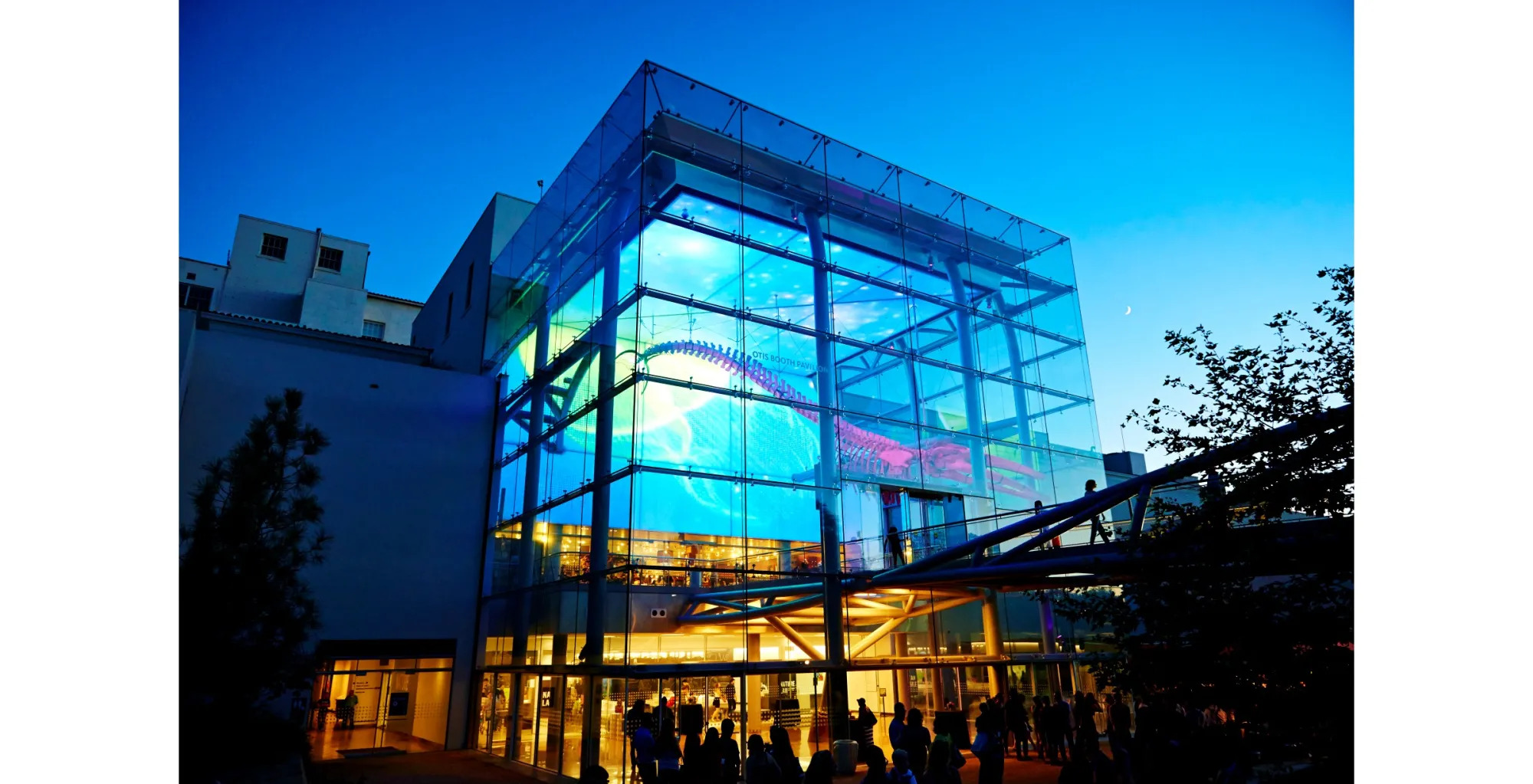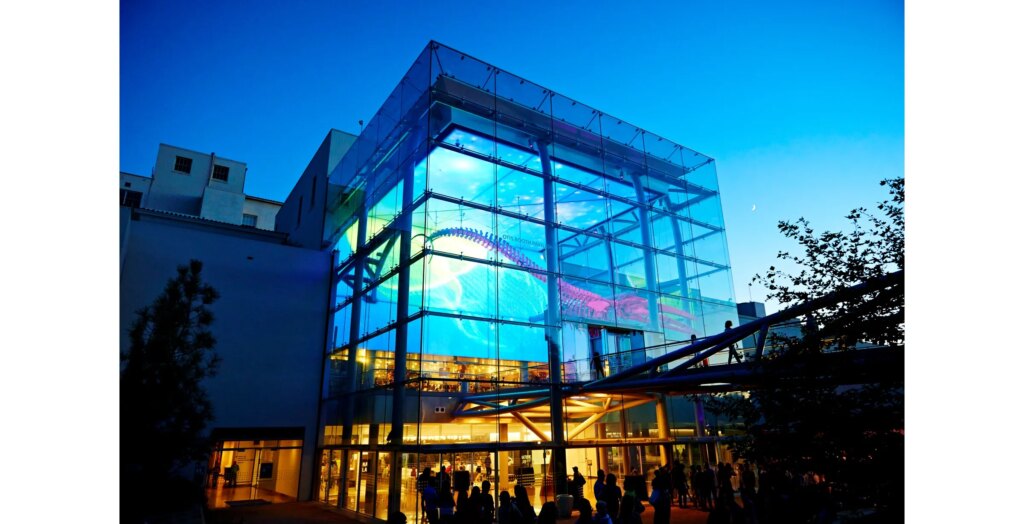
The National Park Service recently announced $3 million in grants to 13 Tribes and 21 museums to assist in the consultation, documentation, and repatriation of ancestral remains and cultural items as part of the Native American Graves Protection and Repatriation Act (NAGPRA).
“It was really critical for us, I think, in a lot of ways, to be able to get this funding, because it does take a lot of effort,” Natural History Museum of Los Angeles County anthropology curator and NAGPRA officer Amy Gusick told ARTnews.
The federal law, enacted in 1990, requires museums and federal agencies to inventory and identify Native American ancestors and cultural items in their collections, as well as consult with federally-recognized Indian Tribes and Native Hawaiian Organizations.
In mid-January, major revisions to NAGPRA went into effect. These revisions were designed to address loopholes, speed up returns, and give institutions five years to inventory and prepare all ancestors and related funerary objects for repatriation, as well as grant more authority to tribes throughout the process.
(On the advice of Indigenous experts, ARTnews has avoided referring to cultural objects, burial belongings, and Native bodies held by museums and other institutions that come from federally recognized American Indian tribes and Alaska Native entities as “artifacts,” “antiquities,” and/or “human remains,” despite the latter being commonly used.)
For 2024, the National Park Service awarded 34 grants to 11 Tribes and 19 museums to fund consultation and documentation projects, such as staff travel, consultation meetings, and research to support the repatriation process.
A press release noted that one tribe, the Forest County Potawatomi Community, identified ancestors and objects at institutions including the Detroit Institute of Arts, the Wisconsin Historical Society, Milwaukee Public Museum, Beloit College, Mukwonago Historical Museum and Society, the Illinois State Museum, the Chicago Field Museum of Natural History, and the Children’s Museum of Indianapolis. The Forest County Potawatomi Community received a consultation and documentation grant of $86,122.
The Los Angeles County Museum of Natural History Foundation received a consultation and documentation grant of $87,867. Thefunding will allow for the Natural History Museum of Los Angeles County to hire additional staff dedicated to working on complying with the new updates to NAGPRA as well as provide financial support for its tribal partners to review every single object within a large portion of its archaeology collection.
“It’s [federally-recognized tribal partners’] decision on if something should or should not be subject to NAGPRA,” Gusick told ARTnews, noting her anthropology department only has three staff members including herself, and the other two collections managers also assist on NAGPRA.
Gusick said one of the most important updates to NAGPRA that went into effect this past January was prioritizing tribal consultation for the cultural affiliation of Native ancestors and items previously labeled “culturally unidentifiable”.
(In January 2023, ProPublica published a substantial investigation into which institutions held the most items under NAGPRA jurisdiction and noted how the label was among the different methods used to repeatedly thwart the repatriation process. The new regulations to the federal law that went into effect in January also removed this designation.)
Gusick joined the Natural History Museum of Los Angeles County in 2018, and the museum’s first and only previous NAGPRA grant was in 1994, resulting in the institution funding much of the work under the federal law.
For Gusick and her two colleagues, that meant dealing with multiple challenges to comply with NAGPRA including several tribes within Los Angeles County that are not federally-recognized as well as several tribes that are federally-recognized surrounding the county. If a federally-recognized tribe looks at items or ancestral remains and chooses to defer them to tribes that are not federally-recognized, then the Los Angeles Natural History Museum can consult with the latter group under the California Native American Graves Protection and Repatriation Act, a state law passed in 2001 also known as CalNAGPRA.
Another challenge, even for federally-recognized tribes who have successfully gone through the process of getting items repatriated, is the ongoing search for land where they can rebury items and ancestral remains in perpetuity. “Where we are in Los Angeles, there’s not a lot of open space,” Gusick said.
The Santa Ynez Band of Chumash Mission Indians, the grant partner for the Natural History Museum of Los Angeles County, also received a consultation and documentation grant of $100,000. Gusick said the grant partnership is due to a large majority of the museum collection’s likely affiliation based on previous knowledge, the sites items came from, as well as geographic provenance. However, there are many tribes in the history of Southern California who moved around and whose territories overlapped. “We don’t want to assume that, like, oh, well, here’s the geographic cutoff,” Gusick said.
Along with the NAGPRA position funded through the National Park Service grant, Gusick said the Natural History Museum of Los Angeles County also just hired a new assistant NAGPRA coordinator that is starting in the next two weeks.
Most of all, Gusick emphasized the NAGPRA funding from the National Park Service will help financially support the heavy mental, emotional, and psychological labor involved with tribal consultation. “I think people that don’t work within NAGPRA, or don’t work with tribes, or don’t work with indigenous communities, really, in general, I don’t think they quite understand, the amount that you have to leave space for people just to be in the room, to kind of sit with their ancestors, to sit with their ancestral pieces, to take it in,” she said. “It’s not something you can just go through quickly.”
Gusick called the work “a difficult space to be in” for the tribes, especially with the knowledge that their ancestors have been disrespected for hundreds of years by that point. “I think that there needs to be an understanding that expediting these processes certainly is important, and having funding is one of the big things to be able to do that,” she said. “But knowing and planning for the fact that this is a sensitive topic, a sensitive subject, a difficult subject, a difficult time, a difficult process and that takes extra time to kind of work through, I think is important.”
The National Park Service also awarded five repatriation grants totaling $71,871 to the Chicksaw Nation and Galena Villa, as well as museums at Colorado Seminar, Vassar College, and Hartwick College. The grants will fund the transportation and return of 137 ancestors, 12 funerary objects, and 54 cultural items.
“The National Park Service is committed to supporting these important efforts to reconnect and return the remains of Tribal ancestors and other cultural resources to the communities they belong to,” National Park Service Director Chuck Sams said in a press statement. “These grants help ensure Native American cultural heritage isn’t kept in storage, cast aside, or forgotten.”


